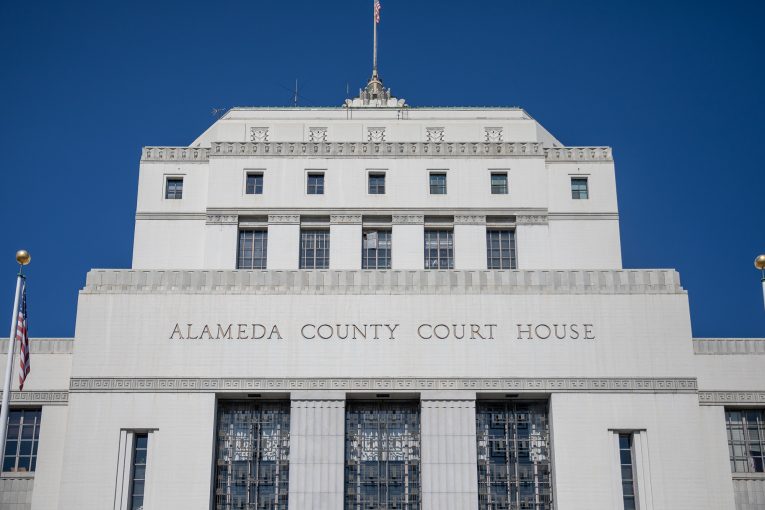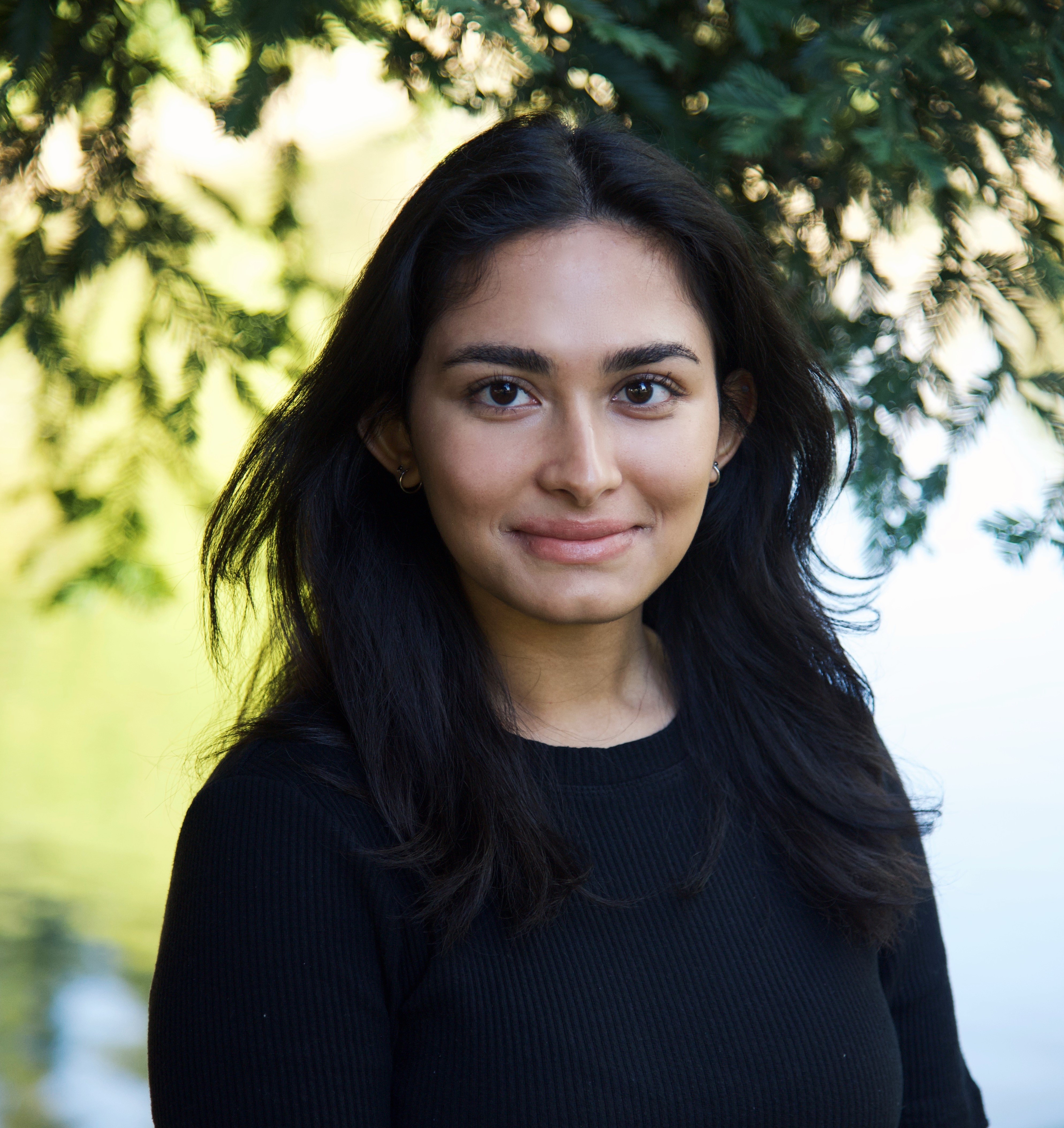
 By Ankita Joshi
By Ankita Joshi
BERKELEY, CA – The murder trial for Will Watson reconvened in front of a jury Tuesday here in Alameda County Superior Court with the testimony of expert witness Angela Butler, who serves as a forensic DNA analyst at SERI, a private lab.
Watson is charged with murder, great bodily injury, and the use and discharge of a firearm for the alleged murder of victim, Gregory Ignacio, Jr., in 2016.
In a previous court session, former Berkeley homicide detective Andres Bejarano testified about his analysis on Watson’s call detail record which placed him less than a mile away from the scene of the crime.
Tuesday, Deputy District Attorney Christopher Cavagnaro stipulated a reference DNA sample was collected from Watson on Feb. 1, 2017, and then called Butler as an expert witness.
After thoroughly explaining the process of DNA collection and analysis, Butler continued with an explanation of the difference between a single source sample and a mixture sample, since the sample collected at the scene of the crime was a mixture.
She explained that through the use of software, DNA analysis is able to determine the major contributor in a mixture sample.
After receiving the mixture sample on Oct. 19, 2016, Butler said they started an analysis on the items. However, since there was no suspect or person of interest at the time, there was no reference sample available, and the evidence was picked up and stored in a freezer.
There was no analysis of these items until August of this year when Berkeley police asked Butler to reanalyze the DNA evidence, and delivered the items to her on August 19, 2021.
Since there was a reference sample available at this time, Butler was able to create a partial profile and compare it with Watson’s reference sample to determine the likelihood of his involvement.
In the analysis, Butler found that the mixture sample from the first item was “39,000 times more likely to have originated from Watson and one other unknown contributor,” and the mixture sample from the second item was “259 million times more likely to have originated from Mr. Watson and one other unrelated contributor.”
When asked to put the analysis in perspective, Butler replied that for Item 1 “DNA evidence provides very strong support for the inclusion of Mr. Watson as a contributor,” and for Item 2, “DNA evidence provides extremely strong support for the inclusion of Mr. Watson as a contributor,” both of which are the highest levels of certainty in DNA analysis.
Defense Attorney Hugo Castillo asked Butler about how DNA could be transferred onto items, and whether Butler could identify when biological material was deposited on the sample. Butler replied that they couldn’t, so it was possible that a transfer could have happened before the crime occurred.
Castillo followed this by asking whether it was possible to find biological material on an item that an individual never touched. Butler, again, responded that this was possible.
It was also noted that with secondary transfers, the number of cells found could be a very low amount, and that in some cases secondary transfers could be a major contributor in mixture samples.
When asked how many cells Butler had found on each of the items, Butler approximated that the first casing had six to seven cells, and the second casing had nine cells, both of which can be considered trace amounts.
The trial is to resume later this week.







